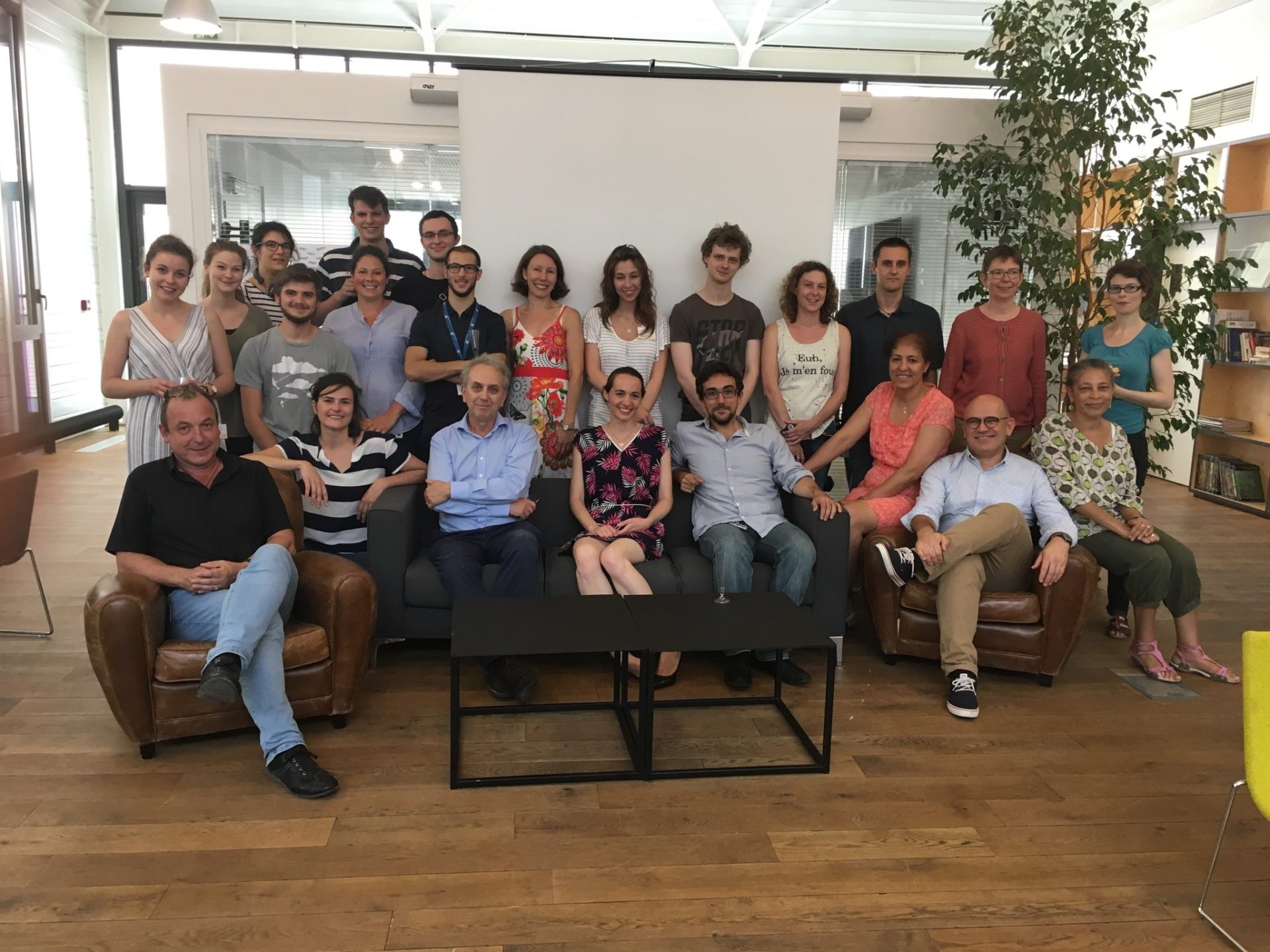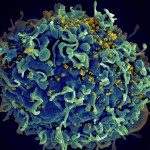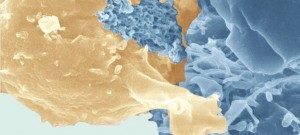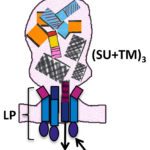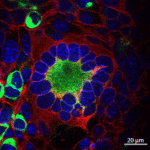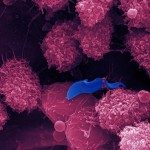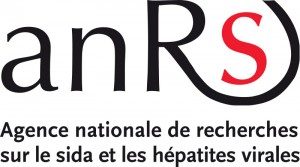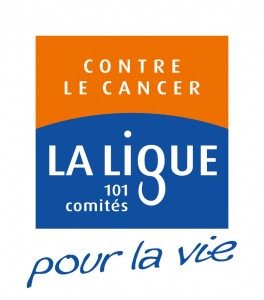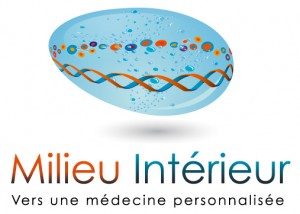Since the creation of the unit in January 2001, we have developed several research programs focusing on epidemiology, physiopathology and immunology of retroviruses – Human T Lymphotropic viruses-HTLV-1/2/3/4 and their simian counterpart (STLV-1/3/4), as well as simian foamy viruses (SFV) and HIV-, as well as herpesviruses (HHV-8), and more recently some emerging viruses, such as Chikungunya.
Concerning the epidemiological studies:
1) The first thematic concerns the epidemiology and molecular characterization of retroviruses of zoonotic origin in Central Africa, in order to get better knowledge on the origin and modes of interspecies transmission from monkeys and apes to humans of STLV-1/HTLV-1, STLV-3/HTLV-3 and SFV.
2) The second thematic concerns the molecular epidemiology of 3 oncogenic human viruses: HTLV-1, HHV-8 and Merkel cell Polyomavirus. This led to a better definition of the worldwide distribution of the different viral molecular genotypes, as well as their modes of dissemination mainly by population migrations.
Furthermore, the unit is recognized as an expert laboratory on the clinical, serological and viro-molecular aspects of HTLV-1/2 and HHV-8 infections and their associated neurological diseases and tumors with several connections with French and foreign hospital’s departments and animal care facilities.
Lastly, we have developed strong, long-lasting collaborations with several laboratories of the « Réseau International des Instituts Pasteur et Instituts associés » (Cameroon, French Guiana, Central African Republic, New Caledonia,…), the CIRMF in Gabon and a Peruvian University in Lima.
Concerning the physiopathology, we have developed three main programs on:
1) The mechanisms of mother to child transmission of HTLV-1. These are based on both in vitro and in vivo systems including, in the near future, animal models. In addition to viral transcytosis mechanisms through enterocytes, we are also studying the role of other cell types (dendritic cells, M cells) in the HTLV-1 transport across the intestinal barrier.
2) The HTLV-1-induced myositis. The main characteristics of HTLV-1 myositis have been assessed both by a virological, anatomopathological and immunological study ex vivo, and by in vitro assessment of human muscle cells susceptibility to HTLV-1. We have also studied the human muscle cells susceptibility to other viruses, such as Influenza, Chikungunia or Sindbis, comparing myoblasts vs myotubes infection by different field isolates.
3) The HTLV-1 associated neuromyelopathy (TSP/HAM). We developed studies to understand the mechanisms involved in the lymphocyte interaction with the blood-brain-barrier and also to characterize the induced inflammatory process.
Concerning the immunology, two main projects have been developed:
1) The first is the cross-species transmission of foamy virus from apes to human with studies of the adaptive immune response focusing on the presence of neutralizing antibodies. A vast program is currently developed to better understand the natural history of such zoonotic infection in humans, which represents a natural model of viral restriction in vivo.
2) The second is the HIV pediatric infection in which virus specific responses are generated by an immature immune system in the presence of an immunosuppressive virus. These long-term studies are ongoing in collaboration with the ANRS French perinatal cohort.
The EPVO unit is also much involved in teaching at the Institut Pasteur with members of the unit being co-director of three courses (Systematic Virology, Fundamental virology and Circulation of Infectious agents).
July 2018
